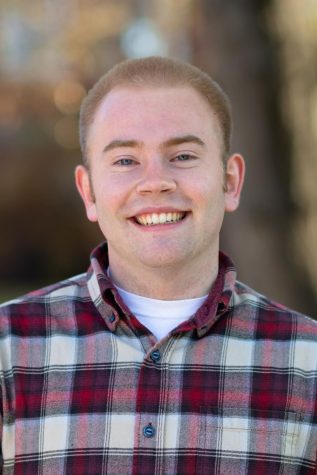Behind the press: The Jason Gesser Investigation
September 14, 2018
When we got the anonymous tip that ended up resulting in the over 3,100 word Jason Gesser article, we didn’t think we would ever get the information needed to run a piece.
The two of us and our then-content adviser Jacob Jones were sitting in the newsroom during the first week of summer break when we realized there was an anonymous letter sitting near the news desk we hadn’t read.
After opening the letter, which informed us there were allegations against a high-profile athletics official, we made multiple public records requests. At the beginning of July, we received about 400 pages of documents, many of which were duplicates that outlined numerous allegations.
We read the first few pages of the document after we had just returned to Pullman after taking photos of a wildfire.
Over the course of these last four months, we conducted dozens of interviews with those named in the records and university officials, many of whom would only speak with us on the condition of anonymity or off-the-record.
The main decisions we discussed were including the information that came from off-the-record interviews, as well as withholding the names of the women referenced in the documents.
We felt we did not need to burn our sources due to multiple people, who shall remain unnamed here. However, we remained confident in the article. The Evergreen sought legal counsel from the Student Press Law Center. The Evergreen reached out to Gesser through various means multiple times, but he didn’t respond until Thursday night when he sent in a Letter to the Editor hours after the piece had been published.
As for withholding names, the women we interviewed asked that we withhold their names in an effort to protect their reputation. We decided to honor these requests, as they were not the focus of the piece and were not in question of any wrongdoing.
Dealing with allegations of this nature is never easy and must be handled with the utmost care. During the final attempt at reaching Gesser via cell phone, we left a voicemail message telling him the allegations were serious.
As for the questions regarding why we published a piece at all when the OEO stated it did not go forward with an Executive Policy 15 investigation, we felt the need to allow the public to see the information reflected in the public records.
Also, the documents stated the information had been passed to Human Resource Services for further action as “some of the information provided by witnesses may implicate other WSU policies or raise concerns about employee performance and/or professionalism.”
We have still not received the documents from HRS.
Our job is not to tell the public what to think, but to give them the information they need to make an informed decision.









